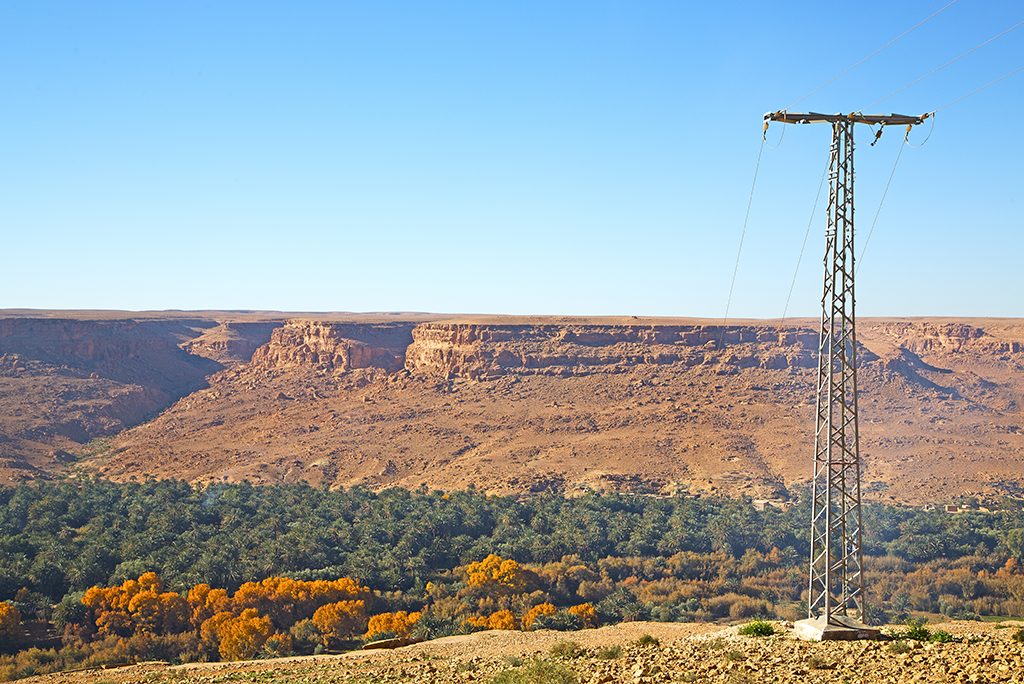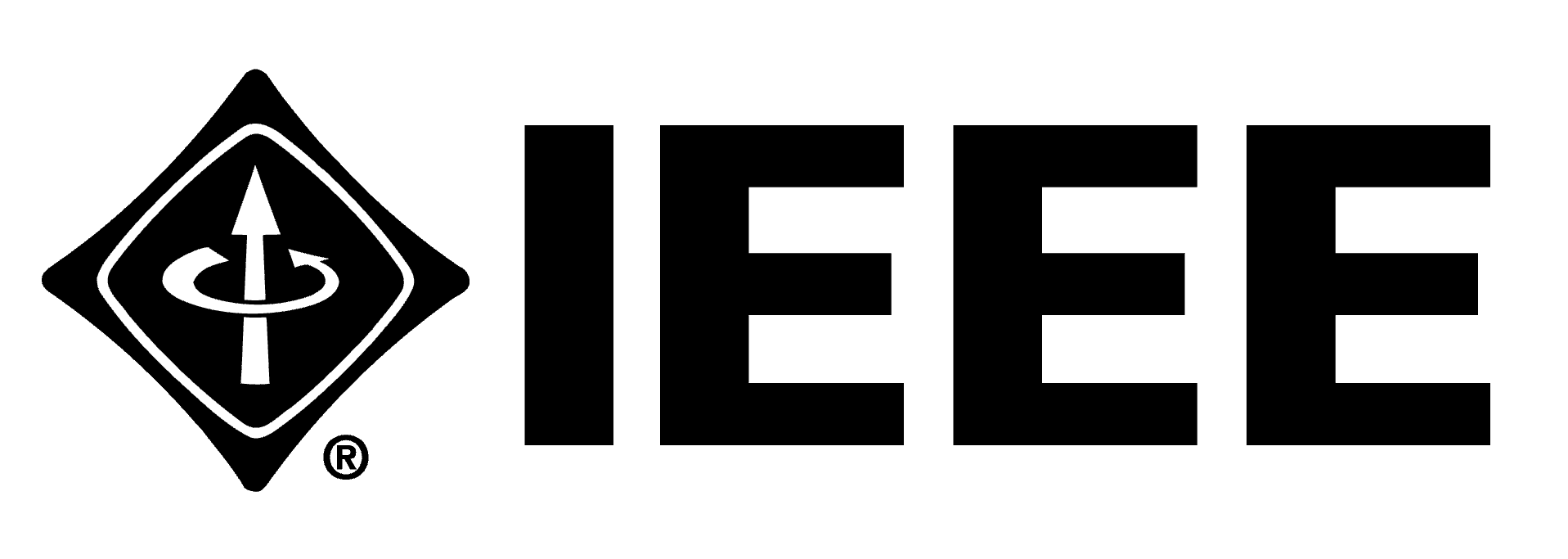
With electricity powering every corner of life and work in modern society, the absence of reliable access to electricity can indelibly impact a community or country’s ability to function, conduct business, and make the forward progress necessary for a positive and productive future.
The Need for Minigrids
Recent statistics confirm that an estimated 750-800 million people— some 9-10% of the world’s population— don’t have access to electricity. While progress has been made towards improving global access to electricity— and the current number of people living without electricity is half of what it was 20 years ago— the impact of the pandemic along with rising food and fuel prices globally have driven an increase in the worldwide number of people living without electricity for the first time in more than a decade. This trend is especially concerning in sub-Saharan African countries, where over 550 million people already live without electricity, and where population growth in such countries as the Democratic Republic of the Congo, Madagascar, and Ethiopia is outpacing electric connections.
These realities have placed more emphasis than ever on the need to expand access to reliable power in Africa. They have also led to concerted global efforts to establish minigrids in the continent’s most underdeveloped regions. Deemed the quickest and most cost-effective way to bring power to remote locations where no large, central electric grids exist, microgrid projects in undeveloped regions worldwide are bringing hope to vulnerable communities that might otherwise be relegated to a future of poverty.
What Are Minigrids?
There are currently three types of grid structures through which electricity is distributed to users:
“Macrogrids” are centralized electric grids designed to serve large populations. Present in modern industrial economies such as North America, Europe, and China, macrogrids manage electricity supply and promote reliable energy generation and distribution to all customers.
“Microgrids” are local, self-sufficient energy systems that are designed to support a defined community of users. With their ability to either operate independently of a macrogrid or tap into it if necessary, microgrids help ensure greater resiliency, reliability, and power quality for users.
Optimal for remote or rural locations that have little or no access to a larger macrogrid, “minigrids” are smaller-scale microgrids designed to distribute electricity generated by such renewable sources as solar panels, wind turbines, battery storage, hydropower, and diesel generators. Following a recent decline in the cost of minigrid construction and the subsequent kWh cost of the electricity they generate combined with an increase in their quality and performance, the World Bank suggests that, with the right amount of investment, minigrids powered by all sources “have the potential to provide electricity to as many as 500 million people by 2030.” And because they’re powered by renewable sources, minigrids can also help reduce the world’s carbon footprint by potentially avoiding the emission of tons of CO2 into the atmosphere.
According to the United States Agency for International Development, examples of successful minigrid projects in underdeveloped nations around the world in the past decade include:
- The construction of hydro-powered minigrids in rural Nepal that currently provide electricity to over 1.5 million residents,
- A collection of 23 solar-powered minigrids that are successfully distributing energy to 10,000 rural residents within remote, swampy communities in West Bengal, India, and
- A hydro-powered minigrid that’s bringing much-needed electricity to both local residents as well as The Mufindi Tea and Coffee Company factory in rural Tanzania.
Electrifying Potential
The Africa Minigrids Program (AMP) is one of several organizations currently working to promote global private and public investment in solar battery-powered minigrids throughout 21 countries across sub-Saharan Africa. Funded by the Global Environment Facility (GEF) and the United Nations Development Programme (UNDP), the organization aims to enhance quality of life and support socio-economic development for hundreds of millions of individuals for generations to come.
“While Africa remains the least electrified continent, it also has the biggest potential for solar minigrid deployment,” confirmed Gabriela Elizondo Azuela, Manager of the World Bank’s Energy Sector Management Assistance Program (ESMAP), which forecasts that solar-powered minigrids alone could power 380 million people in Africa by 2030 if properly supported and funded.
Help Achieve a Balance of Power With IEEE
Minigrids hold great promise for providing access to electricity in undeveloped countries and communities worldwide, especially in Africa, where the use of minigrids could impact the greatest number of people most quickly.
Minigrids in Africa, a four-course program from IEEE, introduces learners to the distinct opportunities and challenges of deploying electric minigrids that could provide reliable power to millions of people in Africa, where many currently have no access to any sources of electricity. Topics covered include the contextual, technological, regulatory, and policy considerations for minigrids in Africa as well as their design and deployment, operation, and future on that continent. This course program is ideal for everyone from minigrid engineers, minigrid project managers, and minigrid developers and entrepreneurs to national grid engineers/managers and policy and regulatory professionals.
Connect with an IEEE Content Specialist today to learn how to get access to this program for your organization.
Interested in access for yourself? Visit the IEEE Learning Network (ILN).
Resources
Cozzi, Laura, Wetzel, Daniel, Tonolo, Gianluca, and Hyppolite II, Jacob. (3 November 2022). For the First Time in Decades, the Number of People Without Access to Electricity is Set to Increase in 2022. International Energy Agency.
Ritchie, Hannah. (30 November 2021). The Number of People Without Electricity More than Halved Over the Last 20 Years. Our World in Data.
Haun, Andy. (12 April 2019). Micro or Mini: There’s a Grid Type for Every Energy Need. Microgrid Knowledge.
Wood, Elisa. (28 March 2020). What is a Microgrid? Microgrid Knowledge.
(25 June 2019). Mini Grids for Half a Billion People: Market Outlook and Handbook for Decision Makers. The World Bank.
The Africa Minigrids Program. United Nations Development Programme.
(27 February 2023). Solar Mini Grids Could Sustainably Power 380 Million People in Africa by 2030 – if Action is Taken Now. The World Bank.


No comments yet.